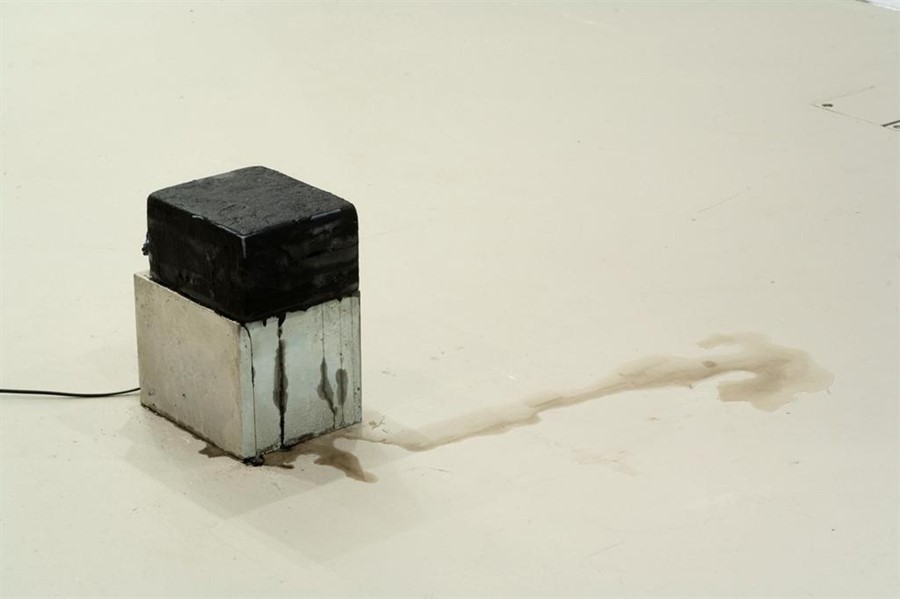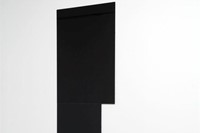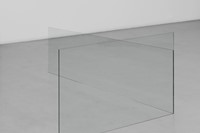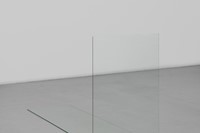We analyse how minimalism is relevant today, thought the work of Kitty Kraus

The formal minimalism of the 20th century was a celebration of immutability as Truth. Reacting to the poetic and emotional abstract expressionism that came before, it aimed to fill space with ascetic fury. A form broken down into its purest essence – exonerated of all emotion – promised a certain indestructible power. The more stark and obtuse, the more permanent and unchanging. But this Holy Grail quest for Truth in stasis seems far off today. With economic meltdowns, global warming, and apocalyptic prophecies literally changing the world daily, immutability has become something of a fantasy.
Some 50 years after the dawn of minimalism, Kitty Kraus is drawing on its lessons to raise questions about the entire notion of permanency in an almost alchemical way. During the middle ages, spiritual, truth-seeking proto-scientists looked for meaning and truth in combinations of sulphur and salt and in the sublimation of liquid to gas. All is not eternal, they reasoned, and therefore the most extraordinary moment of existence was in between being and not-being. Kraus has introduced a similar theme in her work, and the delicacy of each piece has collapsed the whole notion of minimalist immortality.
Her series in ice, for instance, begins with a large, frozen block of ink and water and often features a light bulb and cord extending from the centre. The light is turned on, and its heat slowly begins to transform the ominous black block of ice in which it is set. Eventually, what begins as minimal plinth of frozen water becomes an abstract puddle, raising questions about the work’s essential form. It is neither a cube of ice nor an ink-stained floor. Instead the real work is something intangible and impermanent. It is simply the act of creation.
The same can be said of Kraus’s series of glass sculptures. One first notices how these works are explorations in space, each pane perfectly polished and extraordinarily thin. They exist and take up space, yet these thin veils of glass — liquid masquerading as solid — are completely transparent. They are at once present and absent. And held together with nothing more than double-sided tape, they are also invariably on the verge of collapse. Full of shattering potential, at which point a work in glass would no longer be a work at all. Although that shift may never take place, it is the mere possibility that expands the boundaries of the work.
If early minimalism offered up the conundrum of permanence as the essence of Truth, Kraus has revised that theory based on the idea of existential change. And the repetitiveness of these series seen here have become something like meditative experiences for both artist and viewer, each iteration revealing a little more about the imperceptible moment between being and not-being.
Free Association is a publisher of unique works of literature, philosophy, theory, and art. It introduced the Notebook Series as a way to celebrate exceptional young artists from around the world. It is based in New York






